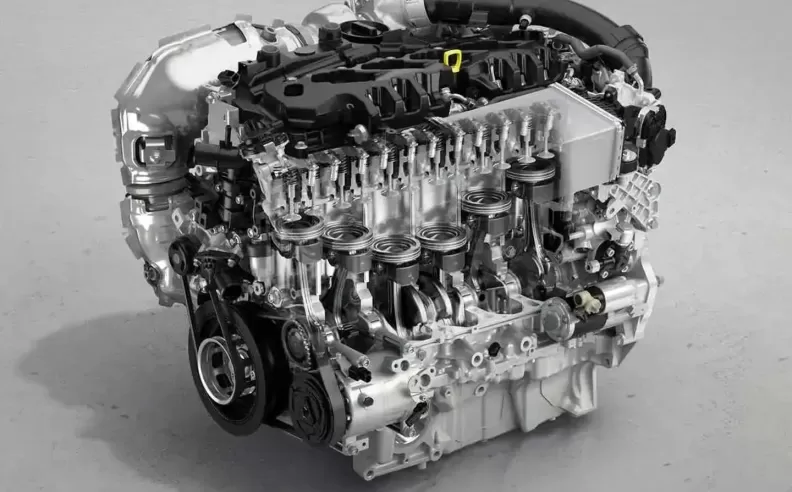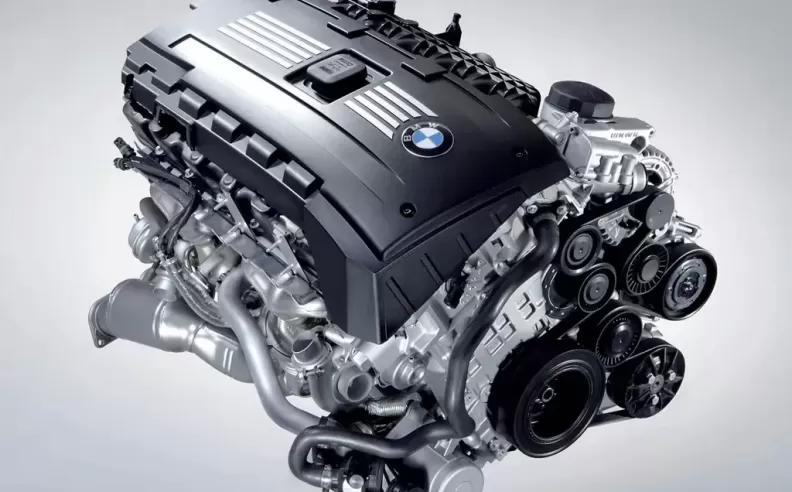
The automotive world is filled with various engine configurations, each offering unique characteristics and performance attributes. One such engine design is the inline-6, known for its exceptional balance, smoothness, and impressive power delivery. In this article, we delve into the intricacies of the inline-6 engine, highlighting its advantages, applications, and the reasons why it remains a beloved choice for enthusiasts and manufacturers alike.

The inline-6 engine, also referred to as the straight-six, is a type of internal combustion engine with six cylinders arranged in a straight line, typically mounted longitudinally in the engine bay. This configuration offers several advantages over other engine designs, particularly in terms of balance and power delivery.
One of the key reasons behind the popularity of inline-6 engines is their inherent balance. Unlike engines with odd cylinder configurations, such as inline-3 or inline-5 engines, the inline-6 design has an even number of cylinders, resulting in perfect primary and secondary balance. The opposing piston movements within the engine cancel out each other's vibrations, leading to smoother operation and reduced engine noise and harshness. This balanced nature allows the inline-6 to rev higher and remain composed, making it an ideal choice for high-performance applications.

The inline-6 engine's exceptional balance translates into smooth power delivery throughout the rev range. The evenly spaced firing intervals provide a consistent and linear power curve, resulting in excellent drivability and responsiveness. This characteristic makes the engine well-suited for both spirited driving and everyday commuting, offering a pleasant driving experience regardless of the situation.
Inline-6 engines have a storied history in motorsports, owing to their ability to produce impressive amounts of power. The design allows for larger displacement, enabling greater air and fuel flow. This, coupled with the balanced nature of the engine, makes it highly amenable to forced induction (turbocharging or supercharging), resulting in substantial power gains. Inline-6 engines have powered numerous legendary sports cars and sedans, showcasing their ability to deliver exhilarating performance while maintaining refinement.
Despite having six cylinders, inline-6 engines can be relatively compact compared to other engine configurations. Their elongated shape allows for efficient packaging, fitting well within the engine bay without intruding excessively into the passenger compartment. This advantage makes the inline-6 engine an appealing choice for vehicles with space constraints, such as compact sports cars or luxury sedans.

Inline-6 engines have found a home in various vehicles, from sports cars and luxury sedans to trucks and SUVs. Historically, brands like BMW, Mercedes-Benz, and Jaguar have been known for their utilization of inline-6 engines in their high-performance and luxury models. However, other manufacturers have also recognized the benefits of the configuration and integrated it into their lineup.
In recent years, the resurgence of inline-6 engines has been witnessed in the automotive industry. Modern advancements in technology, such as direct fuel injection, variable valve timing, and hybrid powertrains, have further enhanced their efficiency, performance, and fuel economy.

Wael is an automotive content writer specializes in creating written content for Motor 283. Producing a wide range of content, including blog posts, articles, product descriptions, reviews, and technical guides related to cars, trucks, motorcycles, and other vehicles, with an unprecedented passion for cars, and motorcycles.
